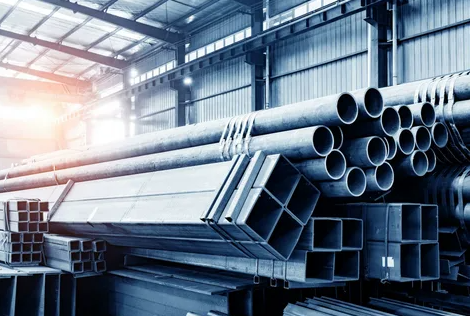Nothing demonstrates China's dedication to the dirtiest fossil fuels better than the eschewing massive coal railroad.
Nearly a decade later, the Haoji Railway, worth about $ 30 billion, will eventually transport up to 200 million tons from key mining regions in the north to consumers in the south. Fenwei Energy Information Services Co. predicts that this is more than Japan uses in a year and could potentially cut China's domestic sea coal trade by 10%.
In a world where governments and businesses are forced to leave fossil fuels in the ground, the new railroad is clearly outdated. China has invested more money in renewables than any other country and is fighting pollution by encouraging people to burn gas instead. However, it continues to mine and burn half of the world's coal.
“Coal will remain the dominant energy source for the next 10 years, although it is gradually being replaced by new energy,” said Tian Miao, an analyst at Everbright Sun Hung Kai Co. in Pekin.
One of the main reasons for the construction of the nearly 2,000 km (1,243 mi) railway is to remove bottlenecks in the domestic supply chain. China is rich in coal - its resources are concentrated in the northern provinces of Inner Mongolia, Shanxi and Shaanxi - but the distribution is uneven.
The country is mainly served by trains that carry goods from west to east, including the Daqin Railway. Coal is delivered to ports such as Qinhuangdao and Kaofeidian and then shipped to users in the south.
To improve efficiency in north-south transportation, China approved the construction of Haoji (formerly called Menhua) in 2012, around the time the growth of its renewables was accelerating. The country's longest coal line will pass through Inner Mongolia, Shanxi, Shaanxi, Henan, Hubei, Hunan and Jiangxi, saving the time and cost of moving supplies over long distances.
“The project was considered at a time when coal was facing serious rail bottlenecks,” said Fenwei analyst Zeng Hao. “Demand for railroad capacity has declined with increasing use of renewable energy sources and environmental impacts. The railway line is of greater importance today as a strategic transport channel ”.
The impact on top exporters such as Indonesia and Australia could also be muted, Zeng said, as overseas shipments tend to be cheaper. Imports account for less than 10% of China's coal consumption.
China has made great strides in promoting alternative fuels�
China's energy plan envisions a giant railway line

|
|
Azovpromstal® 23 September 2019 г. 11:35 |





